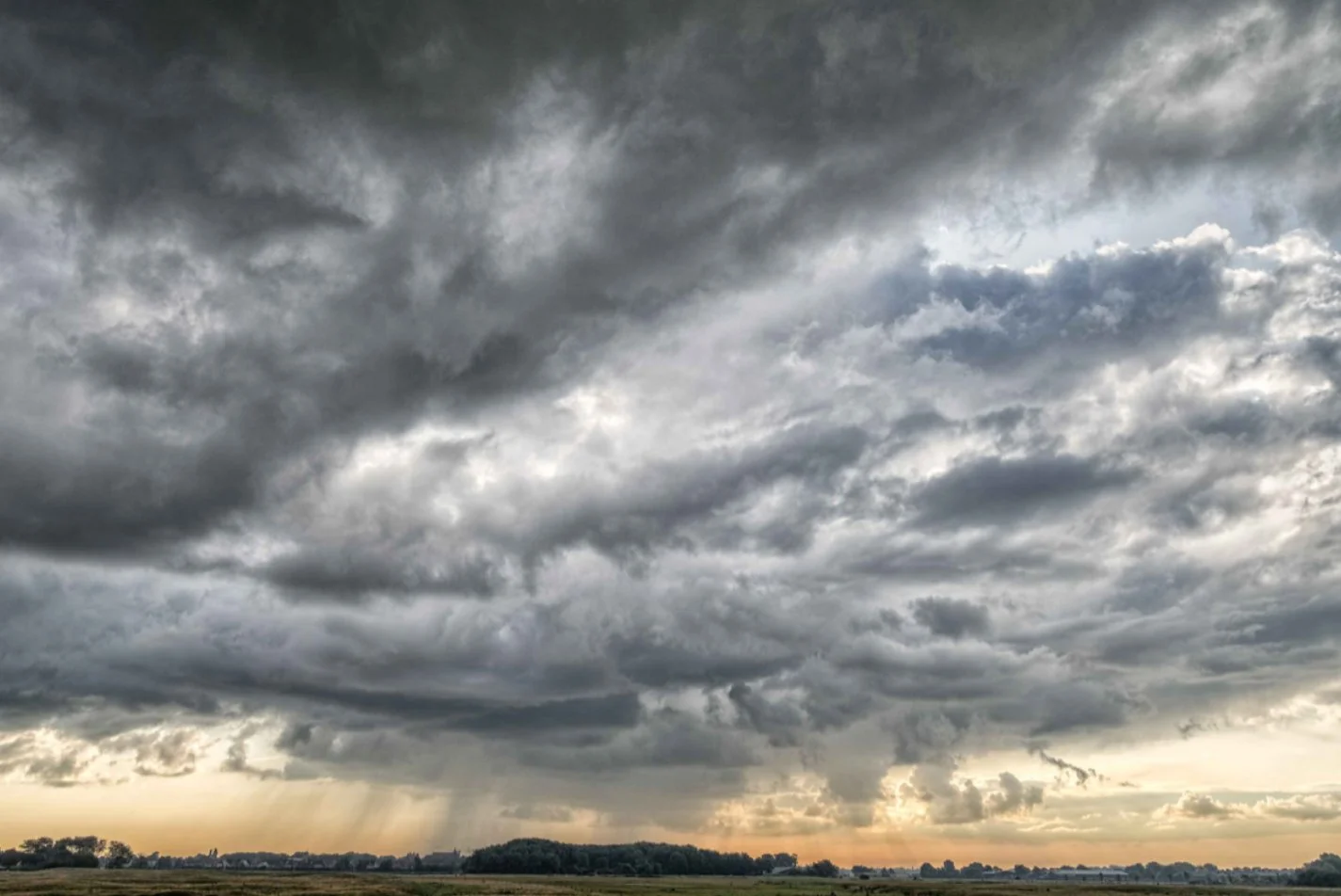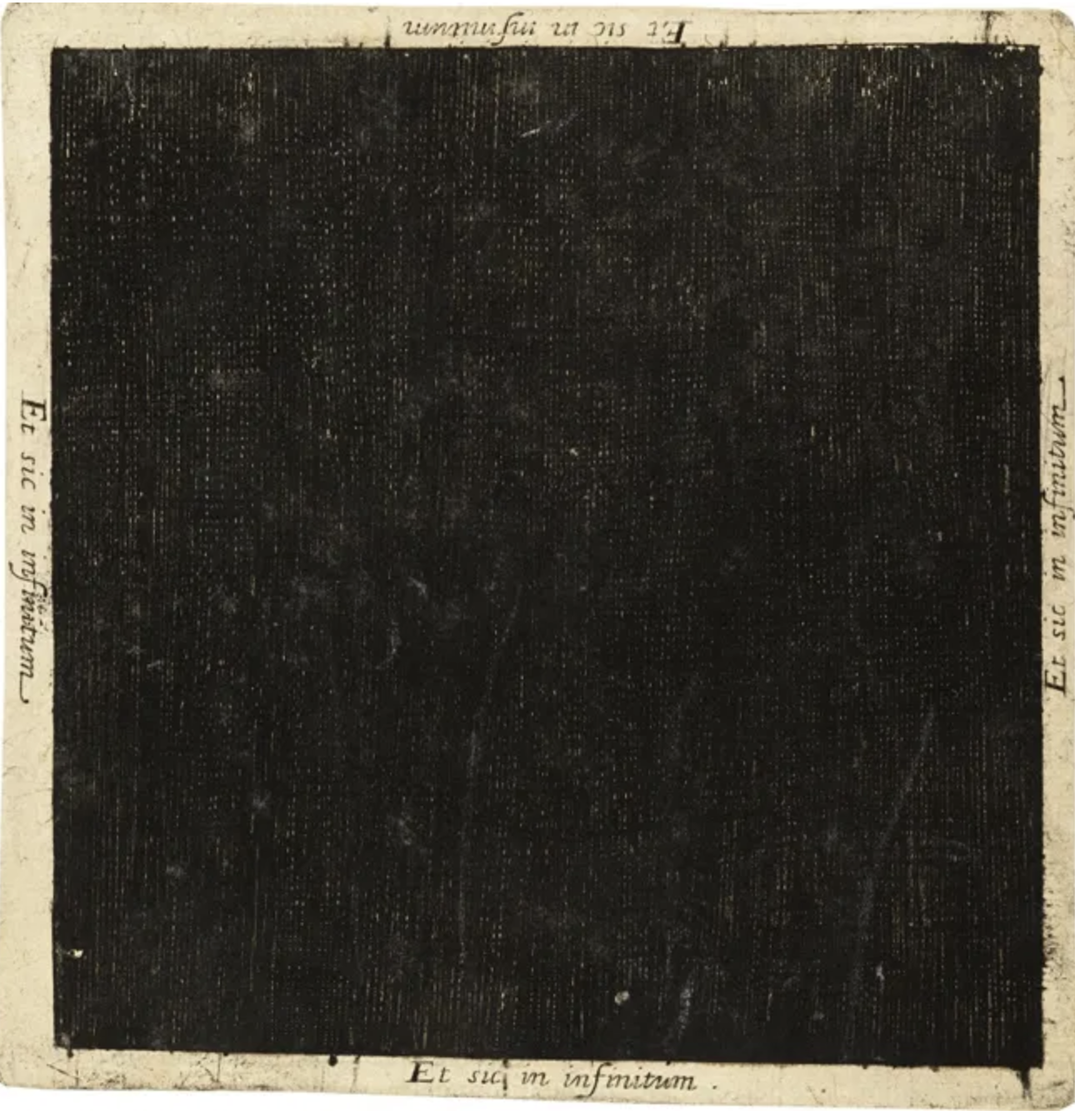Paul Zweig
A poet, critic and memoirist, Zweig was admired by his friends and the literary circles around him, but remains in wider obscurity to this day. Zweig was an obsessive study of culture, peoples and moods. Cross pollination is clear in Zweig’s work, his techniques as a memoirist clear across his poetry. A careful and astute eye, self-possessed and self-aware, he wrote as if with a magnifying glass, looking at the offhand nature of the world and reading the truth from it. While he looked outwards, he found himself everywhere. He journeyed deeper into the self with each evocative work.
Jack Spicer
Spicer saw the poet as a radio, intercepting transmissions from outer space. Language was furniture, through which information navigated. He was a radical, both in his literary style and in his life, defying every convention at every turn. Refusing to allow his work to be copyrighted, Spicer ran a workshop called ‘Poetry as Magic’, and for him the statement was true. Poetry was a means to experience and translate the unexplainable, and had to be freely available for those who searched for truth. Spicer died penniless and with only small acclaim, like so many poets before and after him, but the ideas he laid out in his work have gone on to influence thousands of poets after him.
Amiri Baraka
Amiri Baraka was many things, and many things to many people. The most significant black poet of his generation, Baraka also is considered the founder of the Black Arts Movement and the Second Harlem Renaissance. Baraka wanted poetry, literature and art to be a legitimate product of experience. In doing so, he could hold a mirror up to a world in desperate need of self reflection. He was as fearless in his writing as he was in his activism, and he had a clear vision. The BAM became an aesthetic and spiritual sister of Black Power and Baraka’s voice was the most poignant, cutting and profound.
ROY LICHTENSTEIN
In 1920, Piet Mondrian reached his artistic maturity with a style that would redefine the very meaning of art. Thin black lines separating rectangular forms, predominantly white but with scarce bursts of primary colours. It was the realisation of Mondrain’s vision for “pure abstract art… completely emancipated, free of naturalistic appearances’, and was, for many, the pinnacle of abstraction. Yet, 40 odd years later, the American pop artist Roy Lichtenstein paints a Mondrian and, while he changes almost nothing, completely redefines the very nature of abstraction. Lichtenstein’s paints a Mondrian because Mondrian’s signature style was so defined, had such a unique and clear language, that it was able to be generically reproduced. And all that Lichtenstein changes is the addition of two panels of Ben-Day dots as a stand in for solid colour. He abstracts that which is reduced to its most simple, turns a solid block into repetitive disks, removing Mondrian’s artistic conclusion even further away from the naturalistic appearance it was escaping. For all that, the piece works on another, more disquieting level. By co-opting and adapting a style of total abstraction, Lichtenstein undoes the very goal it set out to seek. The piece is no longer abstract, instead it is a representational, photo-realist recreation of an object. The work has been retained, it’s visual success has made it a style, and so it has lost its freedom for it represents above all itself.
MAN RAY
For an exhibition in 1917, Man Ray made a series of ten collages that he framed and installed on a rotating pole, moveable by the audience, and called ‘Revolving Doors’. The works are geometric abstractions, bright and playful in nature they combine machine like, rigid forms with a loose human touch that brings a musicality to their composition. The works were not well received on their debut, too colourful for those collectors used to the muted palettes of Cubism and lyrical, serious abstraction. The original collages and their revolving stand were destroyed but years later, Ray reproduced the works as a series of prints, such as the one here. Viewed together, they tell a cohesive story of movement and a hopeful modernity but alone, we are able to focus on the formal components. The work is proto-color theory, a study in shades and their interactions, but it also touches on the same themes that Ray returned to throughout his career, a visual depiction of music. The sensual shape of instruments are reduced into geometric purity and the work can almost be heard through the interplay of shape and color.
REMBRANDT
Approaching death, the greatest painter of his age leaves us with a final word of hope for forgiveness and salvation. A son, wretched and wasteful has spent the fortune his father gave him on frivolity and decadence and returns home begging for a lowly position to redeem himself, but is instead welcomed in open arms and embraced not for his sins but his penitence. This is the story that Rembrandt - master painter, portraitist and hero of the Dutch golden age - depicts as amongst the final works before he passes away and it is hard not to read it as a plea for how he will be treated in the afterlife. He does not represent it with biblical accuracy, but brings in unknown characters: a women, barely visible, most likely his mother and a seated figure representing a tax collector and his own ambivalence at the wealth he has built. Rembrandt is both the young son, coming home ashamed, and the older son, dissatisfied with the lack of reward for his loyalty in contrast to his brother. Both need salvation, both hope to come home and both, as Rembrandt, long for the embrace of a loving father to forgive them for the life they have led.
<div style="padding:56.25% 0 0 0;position:relative;"><iframe src="https://player.vimeo.com/video/1143603790?badge=0&autopause=0&player_id=0&app_id=58479" frameborder="0" allow="autoplay; fullscreen; picture-in-picture; clipboard-write; encrypted-media; web-share" referrerpolicy="strict-origin-when-cross-origin" style="position:absolute;top:0;left:0;width:100%;height:100%;" title="Acting Shakespeare - Using the Verse clip 3"></iframe></div><script src="https://player.vimeo.com/api/player.js"></script>
Molly Hankins December 4, 2025
As more and more mainstream scientific breakthroughs sit at the intersection of quantum physics, human consciousness and mathematics, it’s unusual to find a layman at the forefront of revolutionary research. Enter Eric Rankin…
<div style="padding:71.71% 0 0 0;position:relative;"><iframe src="https://player.vimeo.com/video/1142228160?badge=0&autopause=0&player_id=0&app_id=58479" frameborder="0" allow="autoplay; fullscreen; picture-in-picture; clipboard-write; encrypted-media; web-share" referrerpolicy="strict-origin-when-cross-origin" style="position:absolute;top:0;left:0;width:100%;height:100%;" title="Lost Horizon clip 1"></iframe></div><script src="https://player.vimeo.com/api/player.js"></script>
1h 41m
12.3.25
In this clip, Rick speaks with Nick Broomfield about identity in Hollywood.
<iframe width="100%" height="265" src="https://clyp.it/ybp2rtmc/widget?token=241b0815e1baf92bf8fc298be84dd075" frameborder="0"></iframe>
Suzanne Stabile December 2, 2025
A meaningful response will always require allowing something old to fall away…
<div style="padding:75% 0 0 0;position:relative;"><iframe src="https://player.vimeo.com/video/1143579219?badge=0&autopause=0&player_id=0&app_id=58479" frameborder="0" allow="autoplay; fullscreen; picture-in-picture; clipboard-write; encrypted-media; web-share" referrerpolicy="strict-origin-when-cross-origin" style="position:absolute;top:0;left:0;width:100%;height:100%;" title="Personal Legacies- Materiality and Abstraction clip 15"></iframe></div><script src="https://player.vimeo.com/api/player.js"></script>
Chris Gabriel November 22, 2025
I don’t seek young fools, young fools seek me. They bite their questions at me. If they ask too many, I get annoyed and will say no more...












Saturday 6th December
The Moon transitions from earthy Taurus into airy Gemini today, carrying us from a sense of grounded stillness into a lighter, more curious mood. This shift opens the inner space for clearer thoughts and a gentle lift in our feelings, as if the day invites us to breathe a little more freely. In the planetary sphere, Mercury forms a harmonious trine to Jupiter, standing 120 degrees apart, and this alignment strengthens the forces of clarity, expansion, and subtle warmth. These qualities stream through the flowering realm, supporting both the outward expression of blossoms and the inner vitality that helps them unfold. With the Moon in Gemini and this bright planetary support, it is an especially favourable moment to tend to flowers, blossoms, and all plants that work through the airy parts of their being. The day invites lightness, attentiveness, and a quiet appreciation for the delicate beauty unfolding around us.